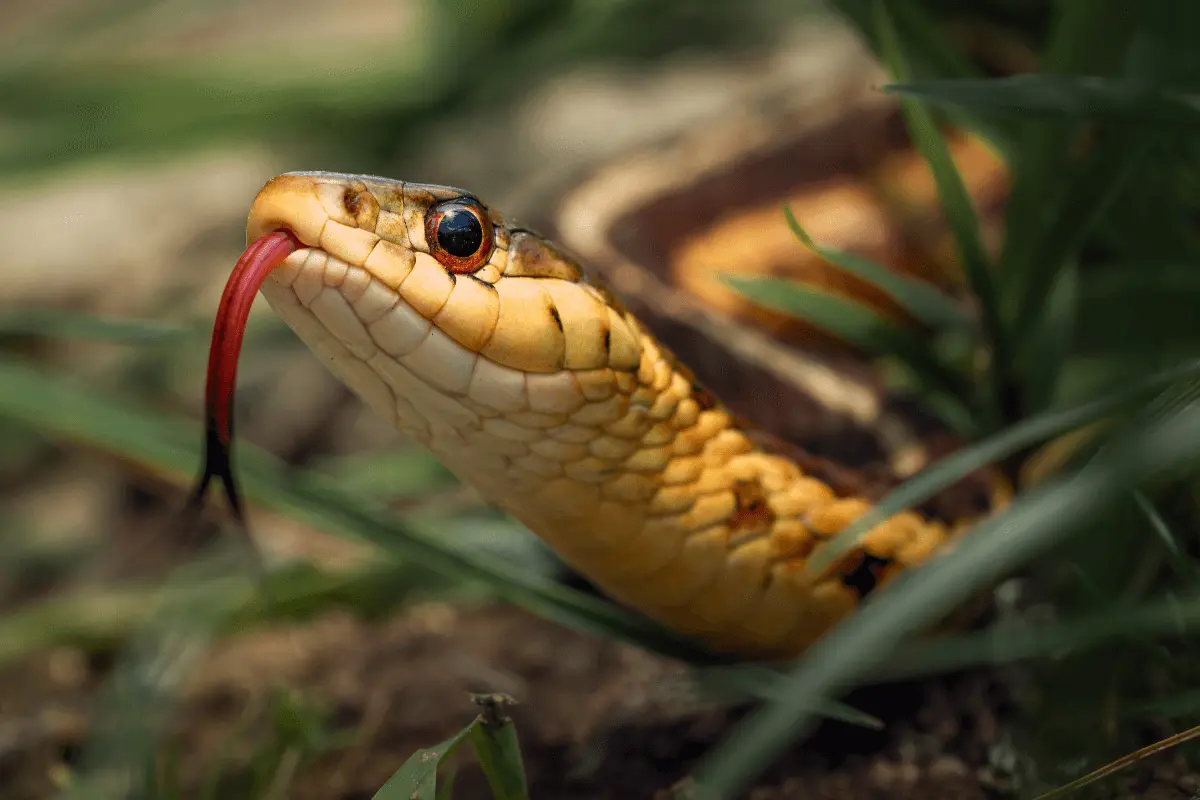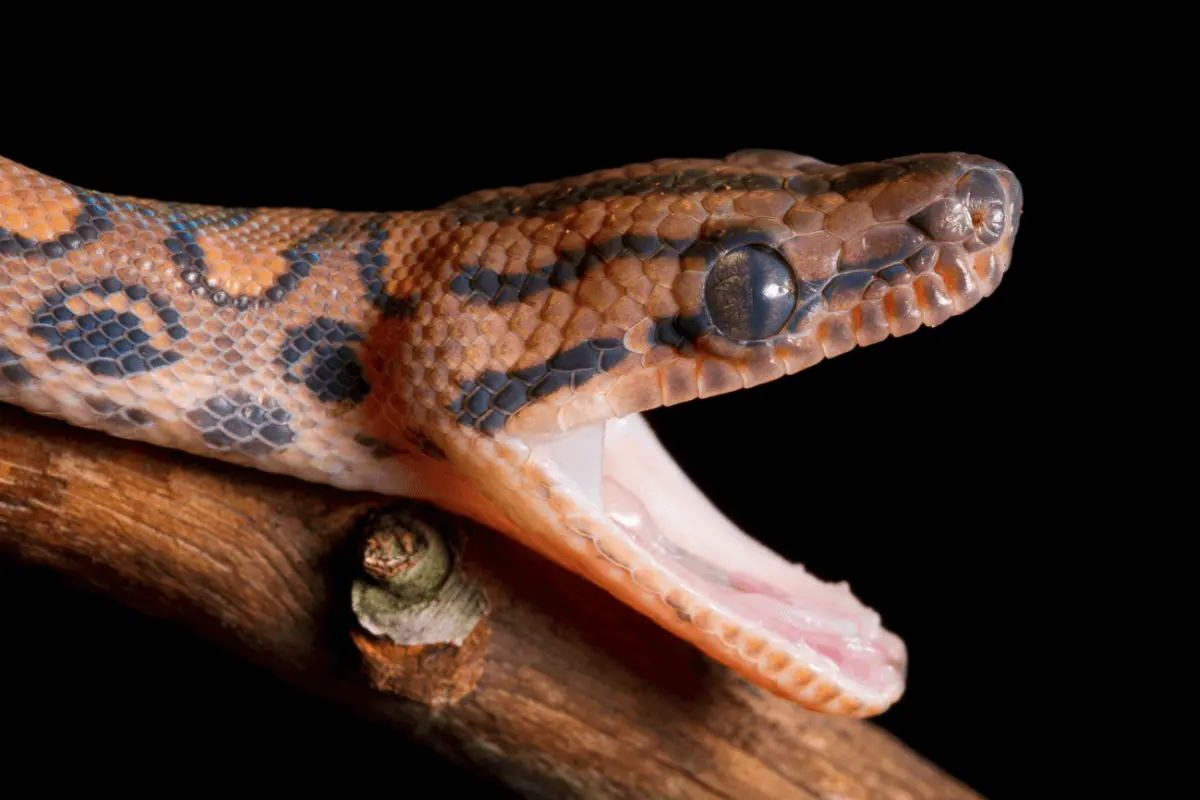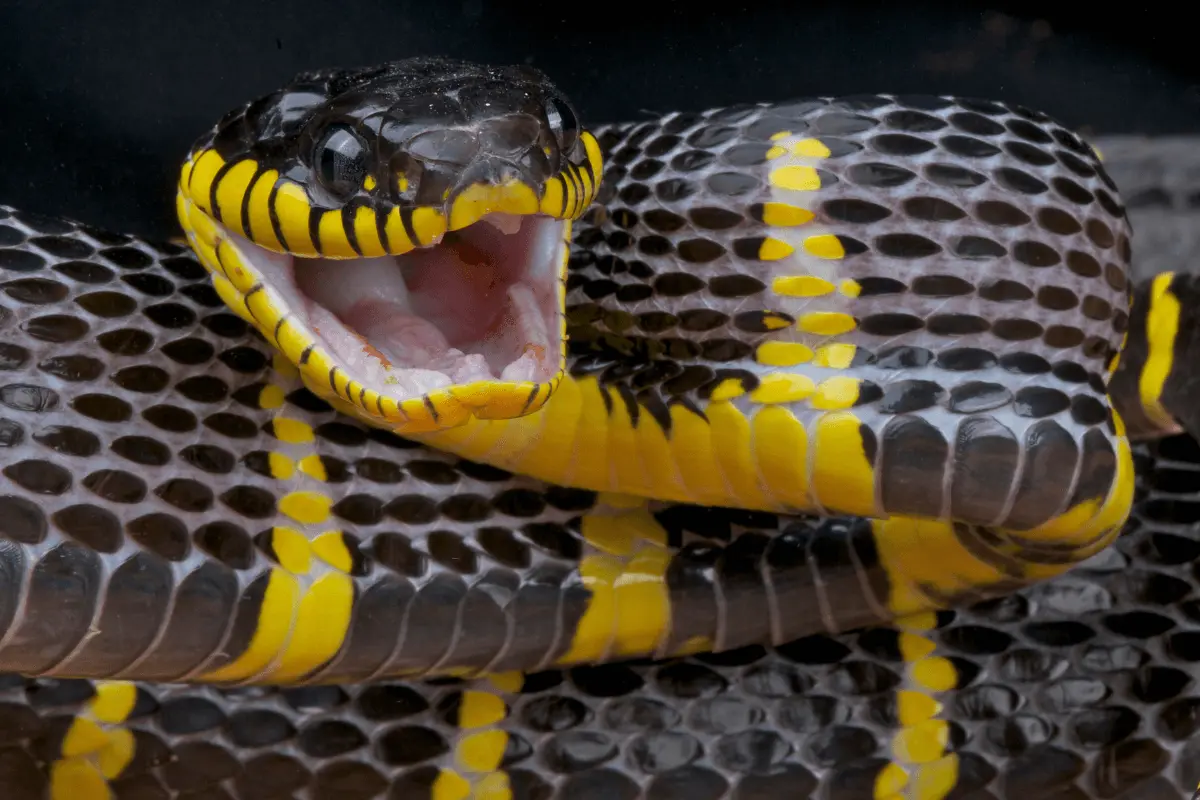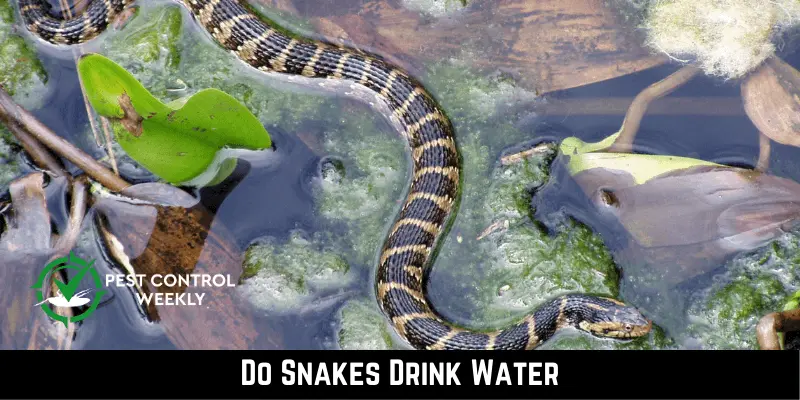Have you ever seen snakes? Do you know, they eat everything they come across? However, you may think; they get all the water from the food or animals they eat. Now, the question arises; do snakes drink water?
Yes, snakes drink water. But the way they drink water is different from humans. Like other animals living on dry land, snakes require water to stay hydrated. Although they have little tongues, snakes use creases on their lower jaw to drink water.
Do you want to know more about snakes’ drinking habits? If so, read the below guidelines to stay updated.
Myths about Snakes Drinking Water
There are numerous wise sayings about snakes and whether or not they require hydration. Most people in the past thought that snakes didn’t drink water, but this is not right. Below are the most common myths about snakes drinking water.
Snakes drink water similar to humans: It is one of the most common myths about snakes. Humans have muscles called buccinators that aid in sucking and drawing water into the mouth and down to the gullet. Snakes don’t have this muscle, so their drinking habits are different from ours.
They don’t need to drink water: Like other animals, snakes need water, and they consume water for survival.
A snake’s diet provides all of its needs for water: This is another misconception about snakes. Although snakes get most of the water from fish, frogs, and other animals, they still need water for their livelihood.
Does Every Snake Consume Water?
Although most snakes meet their water requirements through food, they drink water to stay hydrated. Without getting too explicit, the fluid in their prey helps to maintain a stable amount of hydration. However, snakes living near water or the sea drink water occasionally. Moreover, the wild snakes may also drink water to stay hydrated.
According to the Journal of Zoology, various species of marine snakes drink environmental water to maintain their water balance. Furthermore, pet snakes have more water requirements than wild snakes.
The best way to hydrate your snake is by feeding it live prey, but it has some drawbacks. Thus, if your snake is not completely hydrated, you may notice it drinking water.
What Type of Water Does the Snake Drink?
Snakes drink all types of water, from puddles to ponds. Most snakes regularly consume water, while some may even spend their hibernation close to a water source to avoid dehydration. In the wild, snakes drink water from river beds and ponds. However, if you keep a pet snake, you must provide it with fresh water.
Snakes can also consume dew drops from leaves. Moreover, many snakes don’t drink water since they get enough water from their prey. They also consume rainwater when there is rain. Besides this, some snakes also suck moisture off their body to stay hydrated. This adaptation helps snakes to survive in the absence of water.
How Does a Snake Drink Water?
Most snakes drink water with a sponge-like motion rather than sucking it like other household pets do. Below are the most common structures that help snakes absorb water through their skin.
Through Tongue

According to the Journal Feeding in Vertebrates, snakes have tongues that are covered with mucosal sheaths. Their tongues are too tiny and retract into sheaths when they don’t use them. Therefore, snakes absorb water in the skin of their mouth using their tongue.
Through Soft Jaw

A snake’s lower jaw is very crucial for the consumption of water to make up for the tongue. The skin folds on the lower jaw operate as capillaries that sponge up the water. Moreover, snakes expand their jaws in the same way as they do to capture their prey.
Through Strong Mouth

To move water in their stomach, snakes need a muscular mouth. They accomplish this through muscular contraction, similar to how a snake forces food down its esophagus. As the water reaches their stomach, the snakes’ digestive system will take care of it.
How Does a Snake Find Water?
Snakes use their sense of smell just like other animals to find water when they are thirsty. However, their nostrils aren’t big enough to draw in enough air and improve smell perception. Because of this, several snake species prefer to use their tongues to smell their surroundings. Above all, snakes frequently use their sense of taste in addition to their sense of smell to locate water.
How Do Snakes Drink Water in the Desert?
The most common species that live in the desert are rattlesnakes. They have a specific body structure that helps in the restoration of water for a long time. They do not waste water by peeing, have impermeable scales covering their body, and have extraordinary senses of taste and smell that allow them to locate water even at considerable distances.
Thus, combining all these features helps a rattlesnake cope with harsh desert situations. Moreover, they wait for a rainy day to consume water to fulfill their thirst.
How Long Does a Snake Survive Without Water?
Snakes may live for weeks, even up to seven months, without consuming any fresh water. As snakes are highly adaptable animals, several species, like sea snakes, have extensive periods between water replenishments. Although sea snakes live in the sea, they need freshwater for survival.
If you have a snake pet, place a water dish regularly to keep your snake hydrated. Above all, every snake species has different demands for water content. For example, ball pythons can stay alive without drinking enough water, while corn snakes need sufficient water.
Do Snakes Obtain Their Water Content from Food?
You may certainly hear that snakes obtain the water they require from the food they eat. Yet it isn’t the case. Although snakes get water from their prey, it is not enough for survival. Whenever you give water to snakes, they drink it. However, if snakes in the wild don’t get fresh water, they make their way to obtain it.
Snakes that live near the coast might occasionally be spotted consuming water from post-rain puddles. Additionally, desert snakes meet their water requirements by sucking raindrops from their skin.
How Much Water Does a Snake Need?
You already know; that snakes don’t require much water to survive; they may go for weeks or months without drinking. To learn the amount of water snakes need, fill your basin with water, then give this water to your snake. It helps in keeping your snake hydrated. Therefore, the best and easiest way to provide water to your snake is a basin full of water.
Wrapping Up
Snakes are distinctive animals that have evolved to survive in practically any environment. They know how to drink water and how to hunt their way. They consume water in a different manner than humans and the majority of other creatures. However, similar to other living things, they need water for survival.
Snakes use their spongy jaws and muscular mouths for drinking water. Hopefully, now you have cleared every doubt regarding snakes’ drinking habits. Finally, if you have a pet snake, always place clean water in its cage to keep it hydrated.
FAQs
References
Iwasaki, Si., Erdoğan, S., Asami, T. (2019). Evolutionary Specialization of the Tongue in Vertebrates: Structure and Function. In: Bels, V., Whishaw, I. (eds) Feeding in Vertebrates. Fascinating Life Sciences. Springer, Cham.
